Archives
- 2025-10
- 2025-09
- 2025-03
- 2025-02
- 2025-01
- 2024-12
- 2024-11
- 2024-10
- 2024-09
- 2024-08
- 2024-07
- 2024-06
- 2024-05
- 2024-04
- 2024-03
- 2024-02
- 2024-01
- 2023-12
- 2023-11
- 2023-10
- 2023-09
- 2023-08
- 2023-07
- 2023-06
- 2023-05
- 2023-04
- 2023-03
- 2023-02
- 2023-01
- 2022-12
- 2022-11
- 2022-10
- 2022-09
- 2022-08
- 2022-07
- 2022-06
- 2022-05
- 2022-04
- 2022-03
- 2022-02
- 2022-01
- 2021-12
- 2021-11
- 2021-10
- 2021-09
- 2021-08
- 2021-07
- 2021-06
- 2021-05
- 2021-04
- 2021-03
- 2021-02
- 2021-01
- 2020-12
- 2020-11
- 2020-10
- 2020-09
- 2020-08
- 2020-07
- 2020-06
- 2020-05
- 2020-04
- 2020-03
- 2020-02
- 2020-01
- 2019-12
- 2019-11
- 2019-10
- 2019-09
- 2019-08
- 2018-07
-
The performance of the qCPA approaches
2019-12-12
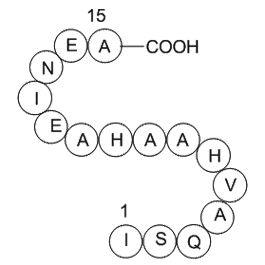
The performance of the qCPA approaches is similar with regards to the derivative properties of CO2 and for mixtures of CO2+self-associating compounds. For CO2+n-alkanes the four-parameter versions of qCPA both perform somewhat better than the three-parameter version. Nevertheless this modest improve
-
br Conclusions br Conflicts of interest br Research funding
2019-12-12
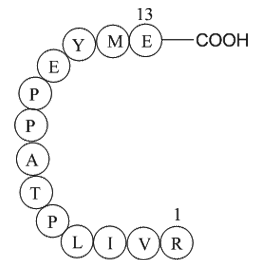
Conclusions Conflicts of interest Research funding This work was financially supported by Shanghai Committee of Science and Technology (No. 16431903800). Main Text Developmental processes make usage of a surprisingly limited number of morphogens and signaling components to control a ple
-
Z-Guggulsterone While previously reported optimizations on
2019-12-12
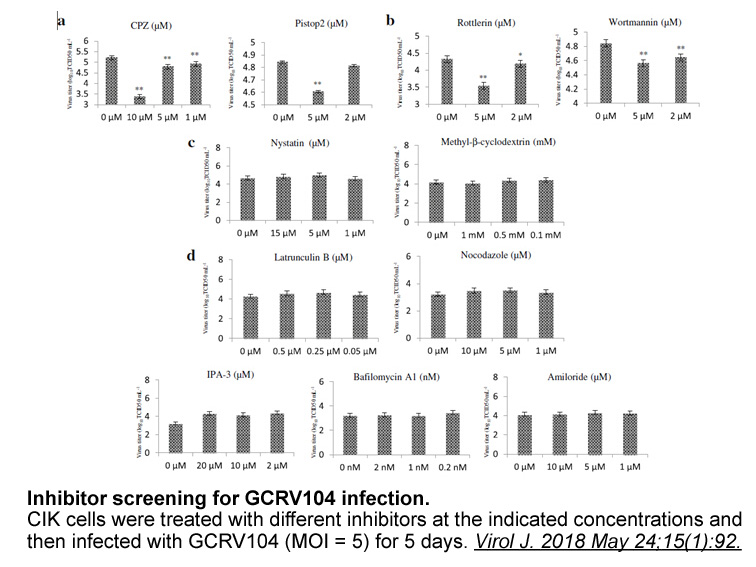
While previously reported optimizations on Z-Guggulsterone focused on the phenyl ring A () and substituents on isoxazole ring, other alternatives to replace isoxazole ring were never explored. Herein, we propose to replace the isoxazole with its bioisosteric substituted phenyl ring B () to explore
-
The significance of the difference in the DDR binding specif
2019-12-12

The significance of the difference in the DDR2 binding specificity towards fibrillar and non-fibrillar collagens is not understood, but may imply differences in biological responses when chondrocytes bind to different collagens in the growth plate. Investigations by Labrador et al. (2001) have shown
-
Her eldest daughter individual had a normal
2019-12-12
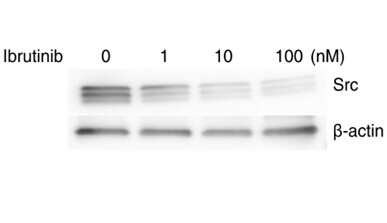
Her eldest daughter (individual 4) had a normal birth and health history in early childhood. She developed contractures of her fourth fingers at 4–5 years of age; these contractures were associated with painless, non-erythematous swelling of the involved joints. Her PIP contractures were ∼90 degrees
-
Several mechanisms are implicated in lipid induced insulin r
2019-12-12

Several mechanisms are implicated in lipid-induced insulin resistance in muscle, including oxidative stress (Koves et al., 2008, Zhang et al., 2011, Muoio and Neufer, 2012). Mitochondrion is a major source of ROS production. The oxidation of pyruvate and fatty SAG yielding acetyl-CoA occurs in mito
-
Since the number of peptides hydrolized by PEP
2019-12-11

Since the number of peptides hydrolized by PEP is quite large, it is not easy to relate the increase of enzymatic activity with the altered changes of a concrete peptide. However, it is noticeable that imbalances of several natural substrates of PEP [6], such as angiotensins, bradykinin, vasopressin
-
br Results and discussion br Conclusion Recent studies showe
2019-12-11
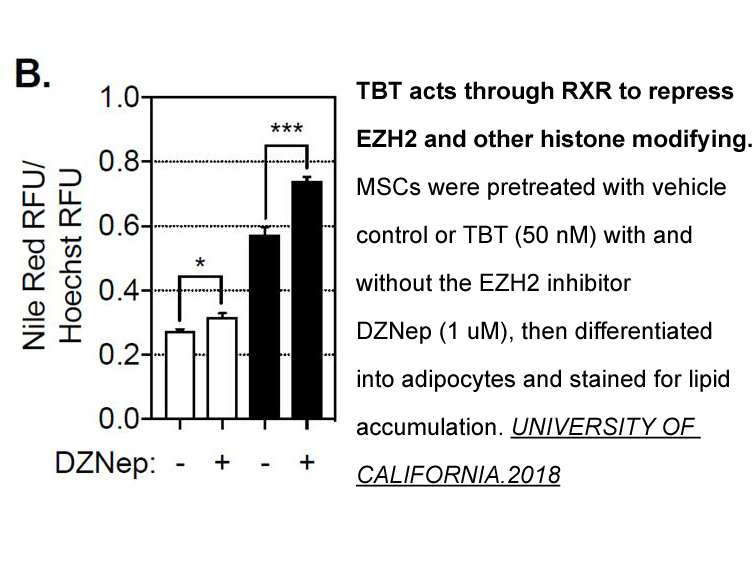
Results and discussion Conclusion Recent studies showed that EGFR signaling is involved in inflammatory response in several inflammatory conditions. The normal inflammatory macrophage growth hormone secretagogue receptor show EGFR-dependent production of inflammatory mediators. Nevertheless,
-
Oxidation of N hydroxyguanidine by
2019-12-11
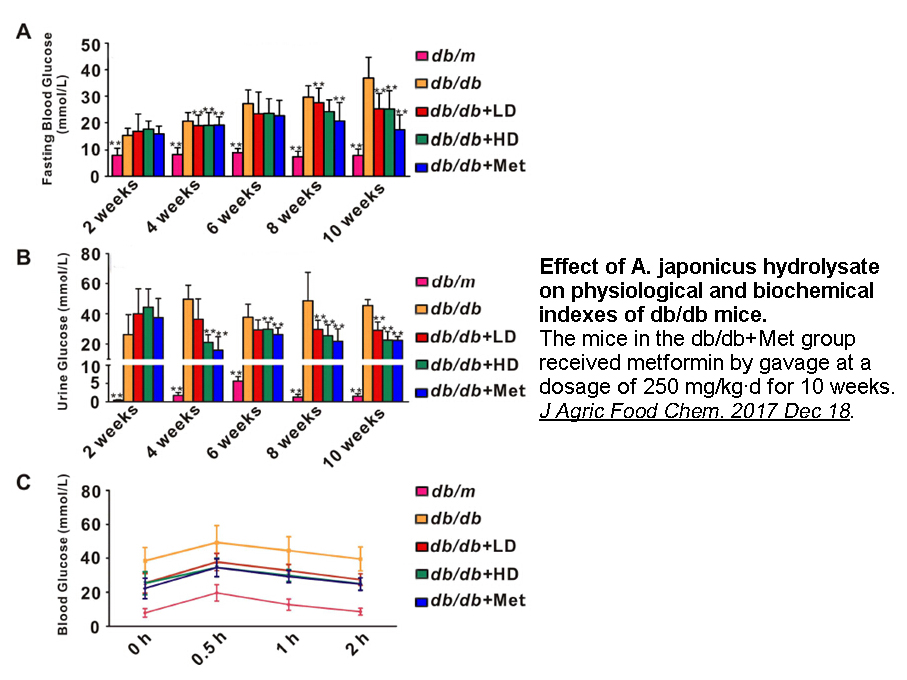
Oxidation of N-hydroxyguanidine 1 by DbH was studied by HPLC and some oxidation products for 1 could be characterized. The compounds generally observed with iron-containing systems are 4-methoxyphenylurea 11 and 4-methoxyphenylcyanamide 12 (Fig. 2). Oxidation of N-(4-chlorophenyl)-N′-hydroxyguanidin
-
br Acknowledgments Studies in the Tomkinson
2019-12-11
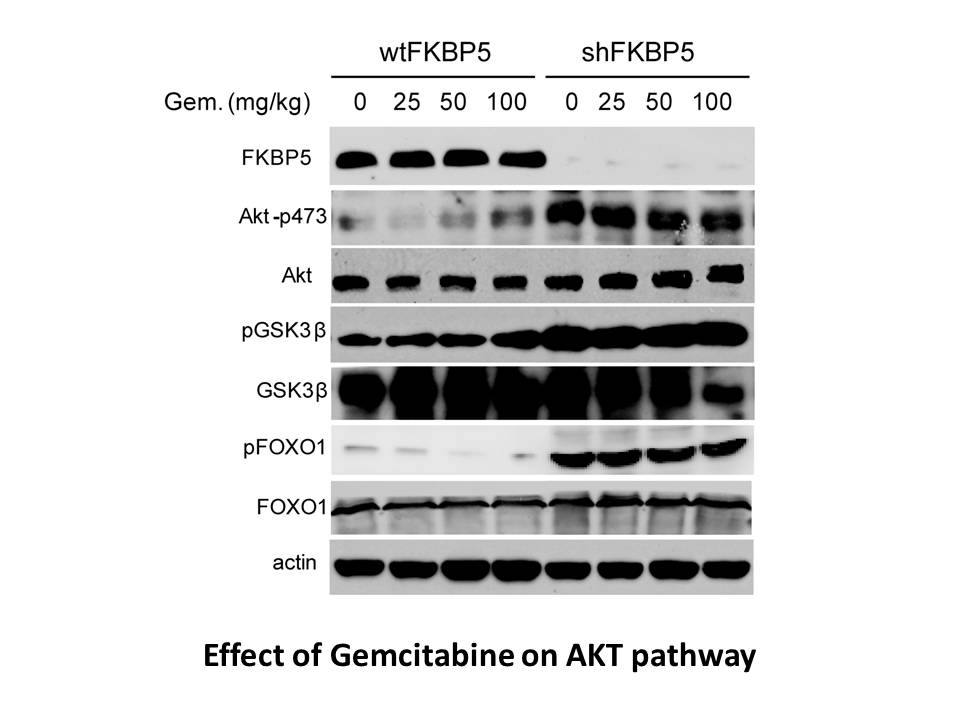
Acknowledgments Studies in the Tomkinson laboratory on DNA ligase III are supported by research grants from the National Institutes of Health (P01 CA92584 and ES12512 to AET), a grant from the V Foundation and the University of New Mexico Cancer Center. Introduction Ionizing radiation (IR) as
-
To investigate the mechanism of
2019-12-11
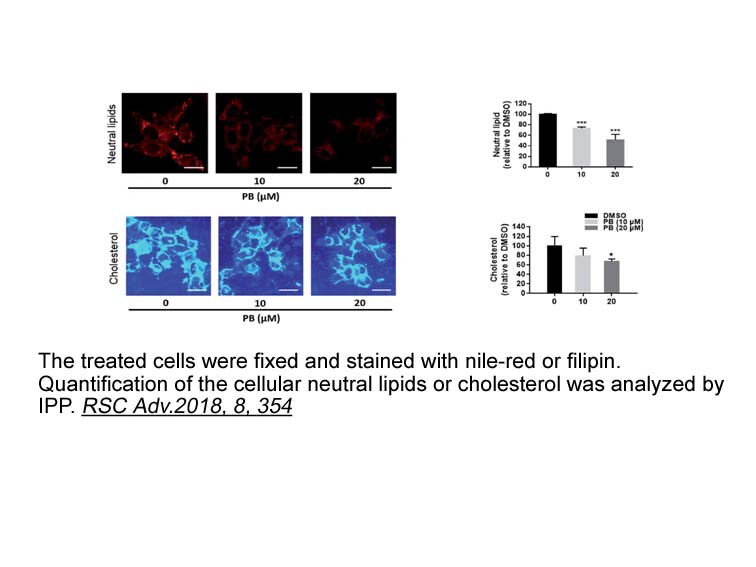
To investigate the mechanism of action of 2,4,5-trisubstituted azoles, we profiled selected 2,4,5-trisubstituted azoles against a panel of 97 kinases to identify potential targets that could be involved in cardiogenesis. We narrowed down the identified targets to the casein kinase 1 (CK1) family due
-
In modern science and technology many optimization problems
2019-12-11
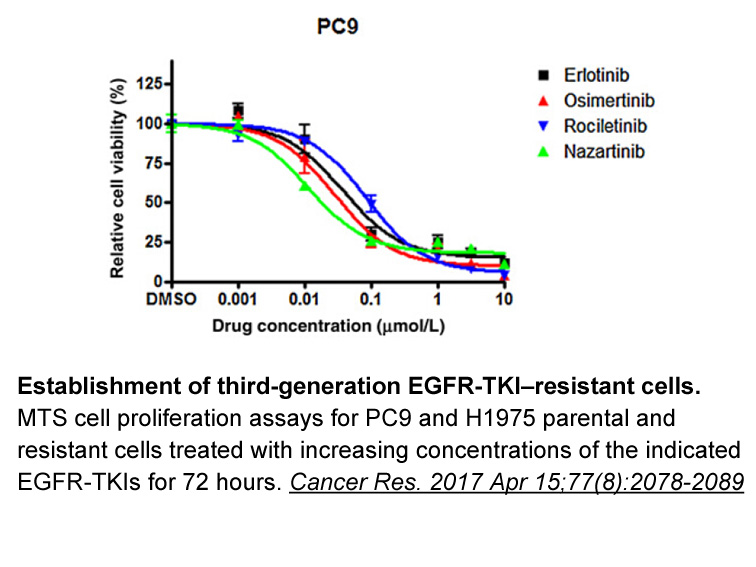
In modern science and technology, many optimization problems need to be solved in real time, while these classical methods cannot render real-time solutions to these optimization problems, especially large-scale problems. As a new metaheuristic, particle swarm optimization (PSO) [18], [19] has prove
-
SM-164 Four m thick sections of
2019-12-11
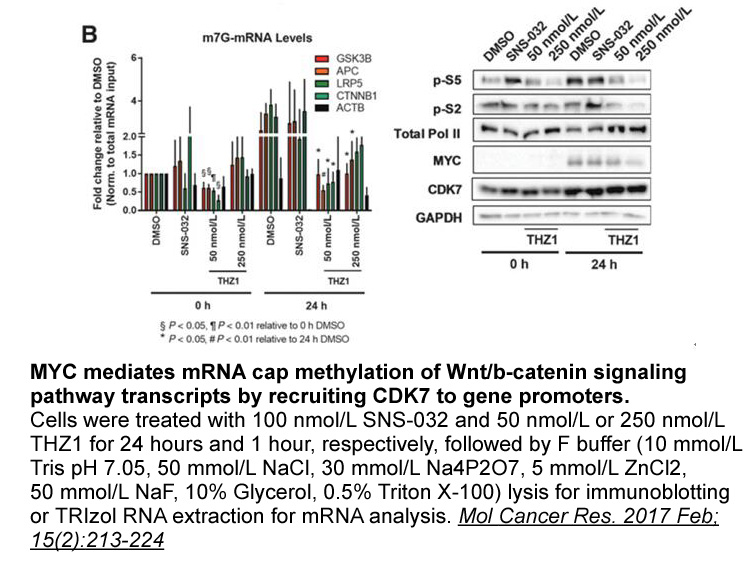
Four-μm thick sections of formalin-fixed paraffin-embedded tissue samples from uterine cervical cancers were cut with a microtome and dried overnight at 37 °C on a silanized-slide (Dako, Carpentaria, CA, USA). The protocol of the universal Dako Labeled Streptavidin–Biotin kit (Dako) was followed for
-
In this study we investigated the role phenyl tinor
2019-12-11
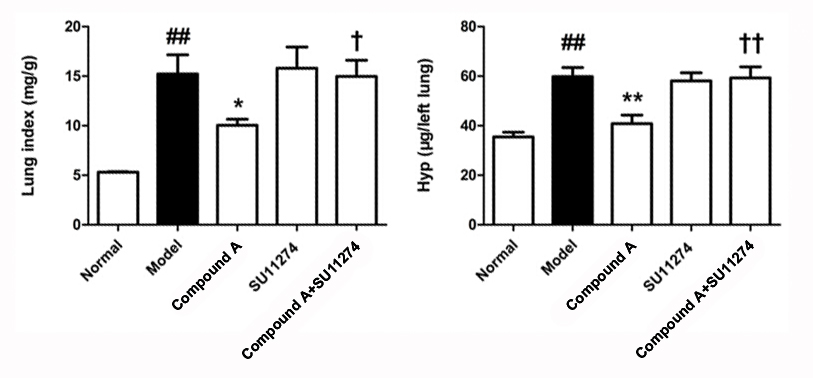
In this study we investigated the role 17-phenyl tinor (pt)-PGE2 on endothelial barrier function and the underlying molecular mechanism in HMVEC-Ls as well as in a murine model of LPS-induced acute pulmonary inflammation. We found that 17-pt-PGE2 concentration-dependently enhanced endothelial barrie
-
Further modifications on the position
2019-12-10
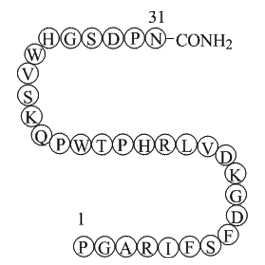
Further modifications on the 8-position of compound led to compound 4 (8-pCPT-2′--Me-cAMP, a.k.a. 007, ), which is a potent (half-maximal activation of EPAC1 at 2.2µM) and selective (about 100-fold EPAC/PKA selectivity) EPAC agonist. Since the discovery of compound , it has been widely used as a po
14501 records 913/967 page Previous Next First page 上5页 911912913914915 下5页 Last page